Classification of ceramsite
(1) Fly ash ceramsite
Solid waste as the main raw material, adding a certain amount of cement and water, processed into balls, sintered and inflated or naturally cured, light and coarse aggregates with a particle size of 5mm or more, referred to as fly ash ceramsite.
(2) Clay ceramsite
Clay, sub-clay, etc. as the main raw material, processed and granulated, swelled, light and coarse aggregates with a particle size of 5mm or more, called clay ceramsite.
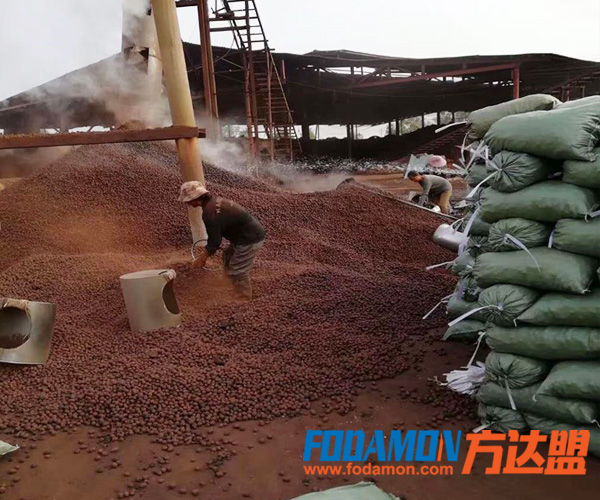
(3) Shale ceramsite
Also known as expanded shale. The shale ceramsite is a shale granitic aggregate with a particle size of 5 mm or more, which is crushed, sieved, or pulverized into a ball. The shale ceramsite is divided into: ordinary shale ceramsite which is crushed, sieved and swelled according to the process; spherical shale ceramsite which is formed by grinding, spheroidizing and swelling.
Clay ceramsite, fly ash ceramsite, shale ceramsite is suitable for light-weight aggregate concrete for heat preservation and structural insulation, and can also be used for lightweight aggregate concrete for structure. At present, the main use of shale ceramsite is to produce light aggregate concrete small hollow blocks and lightweight partition boards.
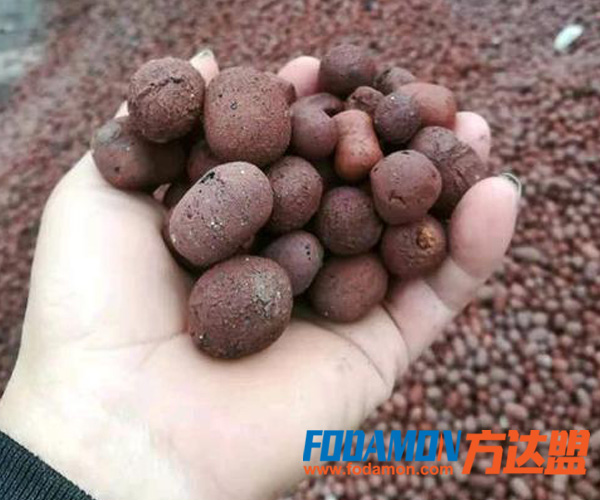
(4) Garbage ceramsite
As the city continues to grow and develop, the city’s garbage is increasing, and the treatment of urban garbage has become an increasingly prominent problem. The garbage ceramsite is processed by municipal solid waste, and then granulated and calcined to produce sintered ceramsite. Or add garbage slag to the cement granulation, natural conservation, and produce non-burning garbage ceramsite. Garbage ceramsite has the characteristics of sufficient raw materials, low cost, low energy consumption, light weight and high strength. In addition to wall coverings, blocks, bricks and other new wall materials, garbage ceramsite can also be used for thermal insulation, floor slab, lightweight concrete, water treatment and purification, etc., and has a broad market.
(5) Coal gangue ceramsite
Coal gangue is a black waste rock with less carbon content discharged during coal mining. It is the largest solid waste in China. Its discharge and accumulation not only occupy a large amount of cultivated land, but also cause great pollution to the surface and atmosphere. The chemical composition of coal gangue is similar to that of clay. Coal gangue contains high carbon and sulfur, and the loss on ignition is large. A sufficient amount of molten material with a suitable viscosity can be produced only in a certain temperature range, and has an expansion property. According to its characteristics, China has developed coal gangue ceramsite. Coal gangue ceramsite is produced by crushing, preheating, inflating, cooling, grading and packaging coal gangue that meets the requirements of inflation. The quality of the obtained ceramsite products is in full compliance with national standards. Some of the technical indicators exceed the national standards and have reached the quality of similar foreign products. The products are innovative, first-class, and environmentally friendly.
(6) Biological sludge ceramsite
The sewage treatment plant produces sewage sludge and contains a large amount of biological sludge. Some biological sludge is made into agricultural fertilizer, and some are directly used for greening, and some are discharged into the sea or burned. This will cause secondary ecology. Environmental pollution. The biological sludge is used as the main raw material, and the ceramsite which is dried, ground, balled and sintered is called sewage treated biological sludge ceramsite. The use of biological sludge instead of part of the clay to fire the ceramsite not only saves clay but also protects the farmland, and also plays a role in environmental protection.
(7) River bottom clay ceramsite
A large number of rivers and lakes have formed a lot of sediment after years of sedimentation. The ceramsite made by submerged mud, natural drying, raw material into balls, preheating, roasting and cooling is called river bottom clay ceramsite. The use of river bottom mud to make ceramsite will not only reduce the building materials manufacturing industry and agricultural land, but also find a reasonable way out for the river bottom mud, solve the secondary pollution problem of river bottom mud, and achieve the purpose of waste resource utilization.
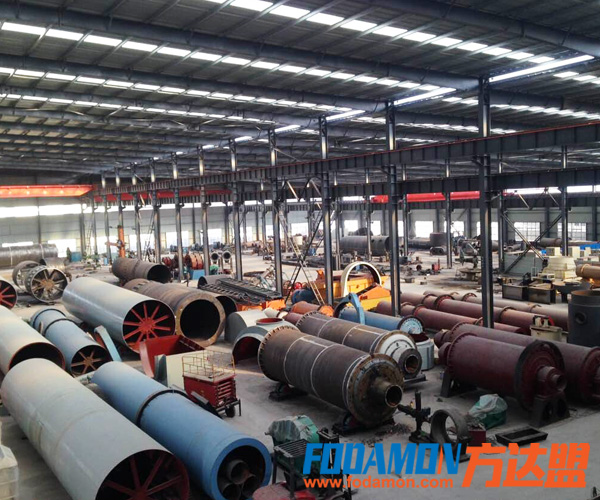
The nature of ceramsite
Ceramsite is a lightweight aggregate produced by foaming in a rotary kiln. It has a spherical shape, a smooth and hard surface, and a honeycomb shape inside, which has the characteristics of small density, low thermal conductivity and high strength. In the refractory industry, ceramsite is mainly used as an aggregate for insulating refractories.
The ceramsite is divided into clay ceramsite, shale ceramsite, fly ash ceramsite and coal gangue ceramsite. The refractory material mainly uses shale ceramsite, and its chemical composition is SiO2=58%-62%, A12O3=19%-22%, Fe2O3=7%-8%. Physical properties: bulk density 400-510kg/m3, cylinder strength 2.5MPa, refractoriness 1290°C, particle size 10-5mm, 5-3mm, 3-1mm, 1-0.3mm.
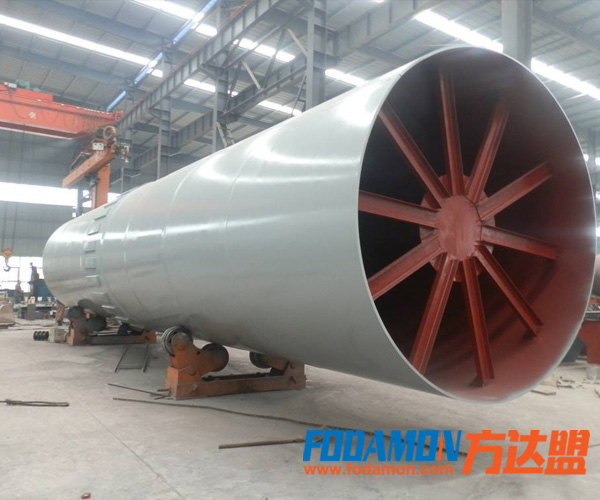
Manufacture of ceramsite
The production of ceramsite includes raw material processing, batching, forming, pre-firing, roasting, cooling and sieving. Among them, the most important is the roasting process. Rotary kiln is an important equipment in roasting process. During the roasting process, the ball softens and has a certain viscosity, and the foaming material in the ball produces a gas, which causes the ball to expand, and then cools to form a porous light aggregate.
The role and control range of various chemical components in ceramsite are as follows.
- The molten material in the ceramsite is SiO2, Al2O3, and the fluxing substances are CaO, MgO, Fe2O3, K2O and Na2O. The lower the content of the melted substance, the lower the temperature at which baking is required. However, when the ratio is too small, the viscosity of the liquid phase is too small, and the inflation gas easily overflows, which is disadvantageous for foaming. The higher the ratio of the melt to the flux, the higher the calcination temperature is required, and the liquidus viscosity is too high, which is also disadvantageous for foaming. Experience shows that when the ratio of melt to flux is 3.5-10, it has good expansion properties.
- The content of SiO2 should be controlled at 55%-65%, and the content of A12O3 should be controlled at 13%-23%.
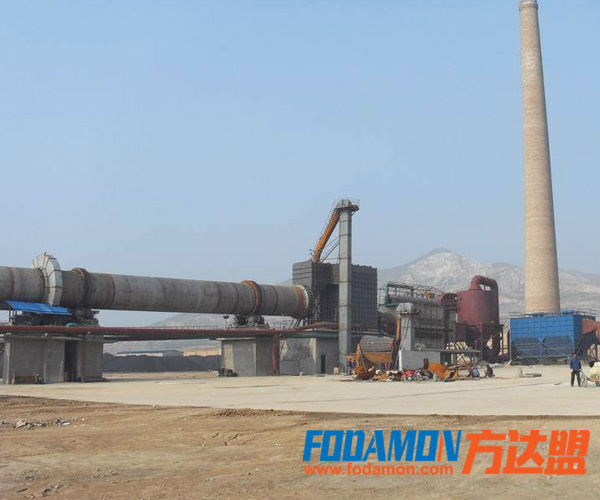
- The content of CaO and MgO should be controlled at 6%-8%. Calcium and magnesium are fluxing substances that act as a diluent for the liquid phase. However, the calcium and magnesium contents are too high, the baking temperature range is reduced, the foaming performance is lowered, and the ring is caused. Similarly, the content of K2O+Na2O is preferably 2.5%-5.0%. If the potassium and sodium are too high, the viscosity of the liquid phase is too low, which is not conducive to expansion.
- Fe2O3 content of 4% -10%. The Fe2O3 content is too high, and the calcination temperature range is reduced; the Fe2O3 content is too low, and the foaming substance content is insufficient, resulting in a high bulk density of the ceramic. The expansion of ceramsite is similar to floating beads and is also a carbon-iron oxidation-reduction reaction.
